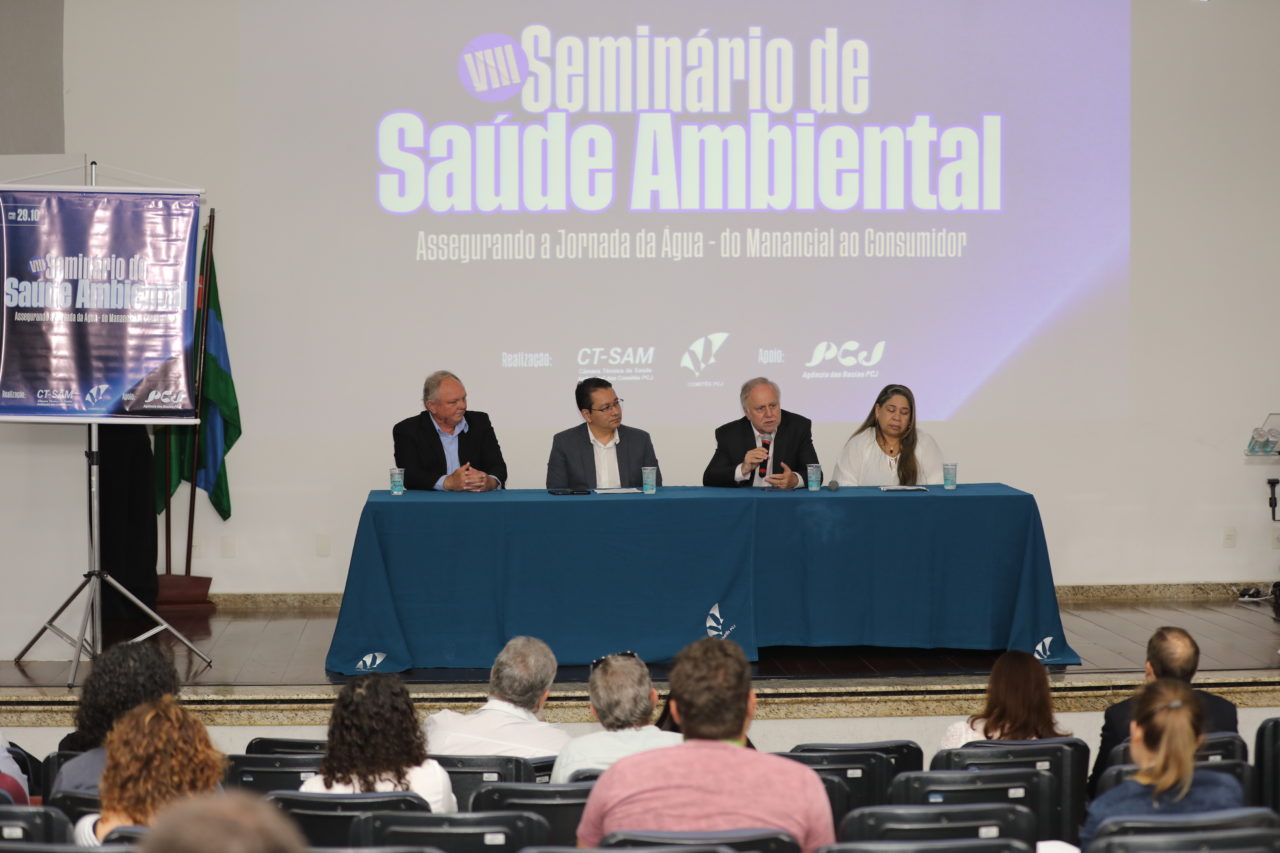Carbon Relationship: Questions Answered
One way that is done in lots of radioactive dating techniques is to use an isochron. However, a current paper by Dr. Robert B. Hayes has identified an issue with isochrons that has, until now, not been considered. As someone who has studied radioactivity intimately, I actually have at all times been a bit amused by the assertion that radioactive relationship is a precise way to determine the age of an object. This false notion is usually promoted when radioactive dates are listed with totally unrealistic error bars.
Radiocarbon found!
comparing portions of isotopes, no less than certainly one of which is
Radiocarbon in fossils is growlr down confirmed
The Miami-based lab offers limitless technical assist throughout the process. The following is a brief technical description of how scientists determine dates with radiometric schemes. This section could additionally be omitted if readers do not want to comply with the mathematics (although the mathematics used here is nothing beyond what is often taught in a great high-school math evaluation class). Aside from radiometric dates that appear to be older than expected, there are also examples of dates that appear to be youthful than expected by evolutionists. Now we will check out some radiometric dates that are older than expected by evolutionists. The reason for these examples is to point out that this does happen and therefore radiometric dates can’t and shouldn’t be treated as “scientific facts”.
Uranium decays into lead over time, with a half-life of four.5 billion years. By measuring the ratio of uranium to guide in a rock sample, scientists can calculate how long ago the rock formed. Radioactive decay refers again to the process by which unstable atomic nuclei spontaneously break down into extra steady types. This process is accompanied by the emission of radiation in varied varieties corresponding to alpha, beta or gamma particles. By measuring the speed at which a particular factor decays, scientists can determine how way back a rock or fossil was fashioned.
The radiocarbon “puzzle”
One of essentially the most thrilling and important scientific findings in a long time was the 1980 discovery that a large asteroid, about 10 kilometers diameter, struck the earth on the finish of the Cretaceous Period. The collision threw many tons of debris into the atmosphere and possibly led to the extinction of the dinosaurs and many different life types. Measuring the age of this impact event independently of the stratigraphic evidence is an obvious take a look at for radiometric methods, and a selection of scientists in laboratories around the world set to work. In the Cretaceous Period, a big meteorite struck the earth at a location near the present town of Manson, Iowa. The heat of the influence melted some of the feldspar crystals in the granitic rocks of the impact zone, thereby resetting their inner radiometric clocks. These melted crystals, and therefore the impression, have been dated by the 40Ar/39Ar method at seventy four.1 Ma (million years; Izett and others 1998), but that is not the entire story by an extended shot.
Assumptions change estimates of age
The cause for that is that argon is a noble gasoline and doesn’t usually bond with other components; due to this fact, any argon-40 inside a mineral is most probably from potassium-40 decay. Therefore, particular care must be taken within the lab to seize the argon-40 for evaluation. The K-Ar radiometric relationship system works nicely when relationship rocks with potassium-rich mineral grains to investigate. For example, the igneous rock sort granite is crammed with the potassium-rich pink mineral K-feldspar. A scientist courting K-feldspar in granite utilizing K-Ar courting would date numerous mineral crystals within the rock to get their final estimated date for the rock. The half-life of potassium is 702 million years so the K-Ar system is most helpful for dating older rocks (much like the U-Pb radiometric dating system).
Given the form of the radioactive decay curve, a material theoretically by no means utterly runs out of the father or mother isotope. In practice, scientists can only successfully measure the focus of remaining father or mother isotope as a lot as elapsed half-lives; after that the focus of father or mother isotope remaining is mostly too low in concentration to measure. Radiometric relationship, radioactive relationship or radioisotope relationship is a technique which is used to date supplies such as rocks or carbon, in which trace radioactive impurities were selectively included when they were shaped. Radiometric relationship is a way used by scientists to find out the age of rocks, fossils and different geological materials. It’s based on the precept that sure radioactive isotopes decay over time at a identified fee.




